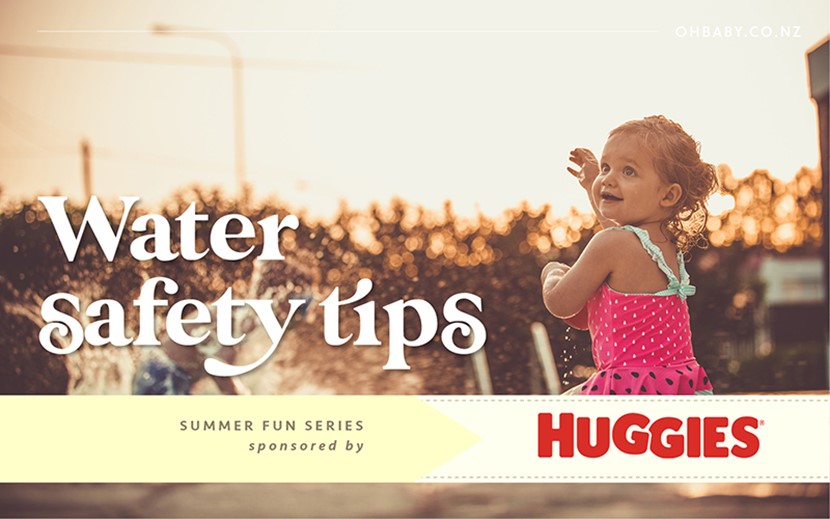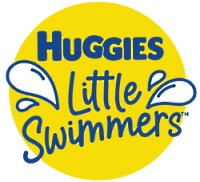Dive into Safety: A Parent's Guide to Water Safety for Children from Newborn to Age 5

Water activities can be a source of endless joy for families, but ensuring water safety is paramount. Whether you're at the pool, the beach, on a boat, or even in your own backyard paddling pool, taking the right precautions is essential to protect your little ones. From newborns to around 5 years old, here's a comprehensive guide to keeping your family safe around water while creating beautiful memories.
- Supervision is Non-Negotiable: When it comes to water safety, there's no substitute for active adult supervision. Keep a watchful eye on your child at all times when they're near water. Designate a "water watcher" to ensure constant vigilance.
- Start with Swimming Lessons: Enrolling your child in age-appropriate swimming lessons is an excellent way to instill confidence and water safety skills. These classes teach basic swimming and floating techniques.
- Life Jackets are a Must: Any time you're on a boat or near open water, ensure your child wears a Coast Guard-approved life jacket. These life jackets are specifically designed for children and provide essential buoyancy.
- Fence It Off: If you have a pool in your backyard, installing a fence with a self-latching gate can help keep your child from wandering into the water unsupervised.
- Teach Water Awareness: Educate your child about the potential dangers of water. Explain that they should never enter a pool or any body of water without permission or supervision.
- Floatation Devices Aren't Fail-Safe: While inflatable water wings and pool noodles can be fun, they are not a substitute for a life jacket. These toys can give a false sense of security and should not be relied upon for safety.
- Practice the Touch Supervision Rule: For infants and toddlers, always stay within an arm's reach. This "touch supervision" approach ensures you can react quickly in case of an emergency.
- Stay Within Designated Swimming Areas: At the beach, swim in areas supervised by lifeguards and obey posted signs and flags. Rip currents and undertows can be dangerous even in shallow water.
- Be Sun Smart: Don't forget sun protection. Apply sunscreen generously, provide shade when needed, and make sure your child stays hydrated, especially in the heat.
- Check Pool Drains: Ensure pool and spa drains have appropriate covers to prevent entrapment accidents.
- Rescue and CPR Training: All caregivers should consider learning CPR and basic water rescue skills. Knowing what to do in an emergency can make a crucial difference.
- Set Boundaries: Teach your child the importance of respecting boundaries around water. They should know not to go near water without an adult's permission.
- Constant Reiteration: Remind your child about water safety frequently. Repetition reinforces these life-saving principles.
- Equip Your Home: If you have a paddling pool or any water feature in your yard, ensure it's emptied and securely stored when not in use. Children are naturally curious and can get into trouble quickly.
- Be an Example: Demonstrate responsible water behaviour. Your child is more likely to follow your lead.
- Recognise Distress Signals: Teach your child to recognise signs of someone in trouble, like struggling in the water, and to alert an adult immediately.
- Stay Informed: Keep yourself updated on the latest water safety guidelines and best practices.
Water safety is an essential skill for your child's well-being, and with these tips, you can create a safe environment while still enjoying aquatic adventures. Remember that water safety is an ongoing process, and your commitment to it ensures a lifetime of fun and safe water experiences for your family. So, dive into the joys of water play with wisdom and the knowledge that you're creating beautiful memories while keeping your loved ones secure.


